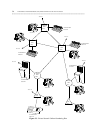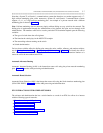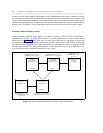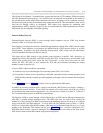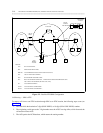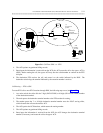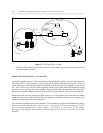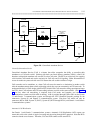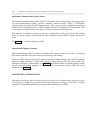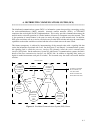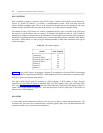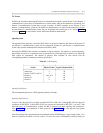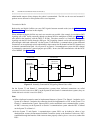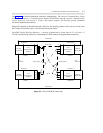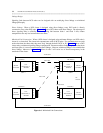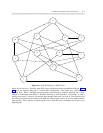5-14 ELECTRONIC TANDEM NETWORK (ETN) THROUGH THE ETN AND PNA PACKAGES
_ ___________________________________________________________________________________________________________________________
_ ___________________________________________________________________________________________________________________________
_ ___________________________________________________________________________________________________________________________
Distributed Communications System Clusters
The distributed communications system (DCS) is a information system that provides a messaging overlay
for main-satellite/tributary (MS/T) networks, electronic tandem networks (ETNs), or ETN-MS/T
complexes that are designed for DCS implementations. This overlay provides communication among the
network nodes so that the operation of a limited number of features is transparent across the network. That
is, the operation of certain features is the same (or nearly the same) on each network node.
DCS networks are installed in clusters of switches. Although DCS clusters can include ETN network
nodes, the clusters cannot extend through the Software-Defined network (SDN) to include remote ETN
nodes.
See chapter 6 for a detailed explanation of DCS.
Main-Satellite/Tributary Networks
Main-satellite/tributary (MS/T) networks are linked to ETN tandems via access tie trunks. It is through
ETN tandems that MS/T calls enter and exit the wide-area private network.
Within the MS/T network, calls may be routed via extension number steering, while the ETN demands
extension number portability or UDP routing (RNX steering). Between the ETN and the MS/T, this
difference is bridged by subnet trunking (see chapter 2) at the ETN tandem; and subnet trunking, internal
dial plan extension-to-RNX matching, or direct dial access of the tandem from the MS/T side of the
connection (see chapter 4).
ENGINEERING CONSIDERATIONS
The chapter on Designing Alternate Routing Networks in the DEFINITY Communications System and System
75 and System 85 Traffic Theory manual (555-104-504) explains how to design a small ETN. To design
larger ETNs, use the Enhanced Interactive Network Optimization System (E-INOS).



